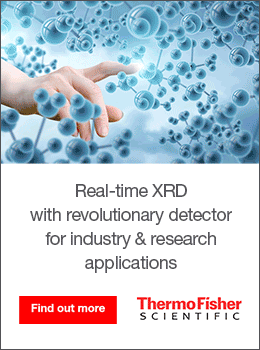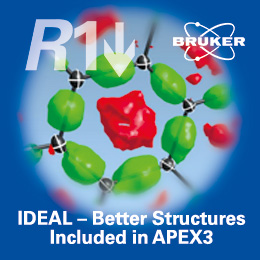


Editorial
Editorial
![NaCl [NaCl]](https://www.iucr.org/__data/assets/image/0006/144807/NaClsmall.gif)
I recently attended the European Crystallography Meeting in Vienna, Austria, and was struck by the huge number of participants from all over the world, not just from Europe. The setting for the meeting of course was stunning: how could it not be in a wonderful city like Vienna? It was a particular pleasure to have the meeting at the University of Vienna, where one of my scientific heroes, Ludwig Boltzmann, had worked. For crystallographers, it was also the place where Max Perutz was educated. The list of great scientists is almost endless.
At the ECM, Robert Krickl once again exhibited his huge model of sodium chloride, this time bigger than ever. First shown in 2015, the model subsequently made it into the Guinness World Records. Robert has now added extra balls to gain a new world record. He talks about this here.
In this issue of the IUCr Newsletter we have yet another contribution from Massimo Nespolo, which, as usual, is well worth reading. This time he discusses the confusion in the literature to do with the terms super- and sublattice, super- and subcell and super- and substructure. Did you know that the lattice corresponding to a superstructure is actually a sublattice? The most common mistake that I see in the literature is the use of the term superlattice when what is meant is actually superstructure. This is yet another example of the muddle between lattice and structure, as already explained in the previous Newsletter. In crystallography the IUCr spends a huge amount of effort to make sure that crystallographic terminology is defined as rigorously as possible but unfortunately, there is a lot of sloppy usage out there.
I have this time also added an article about a Hollywood film in which our subject "crystallography" gets a mention, which I hope will intrigue you. The film was made in 1951 in England and one has to ask why was crystallography mentioned at all? I suggest a reason in the article.
We also have a contribution from John Helliwell addressing the question of the importance of protein crystallography in biology. Reporting of protein crystal structures, and their associate database entries, could usefully indicate how close they are to the biological situation, e.g. room temperature is better than cryo etc., as discussed in detail in the article.
I hope you will enjoy the film created by Richard Welberry of quasiperiodic arrays. Richard explains the background theory and how one can create these images for yourself if you are a Mac user.
Finally, we report the sad death of Carl Schwalbe, American by birth but living for many years in the UK. I knew Carl quite well, both here in the UK at our British Crystallographic Association meetings, but also when our paths crossed at Harvard in 1968 to 1969, where he was working on his PhD under Bill Lipscomb.Copyright © - All Rights Reserved - International Union of Crystallography






